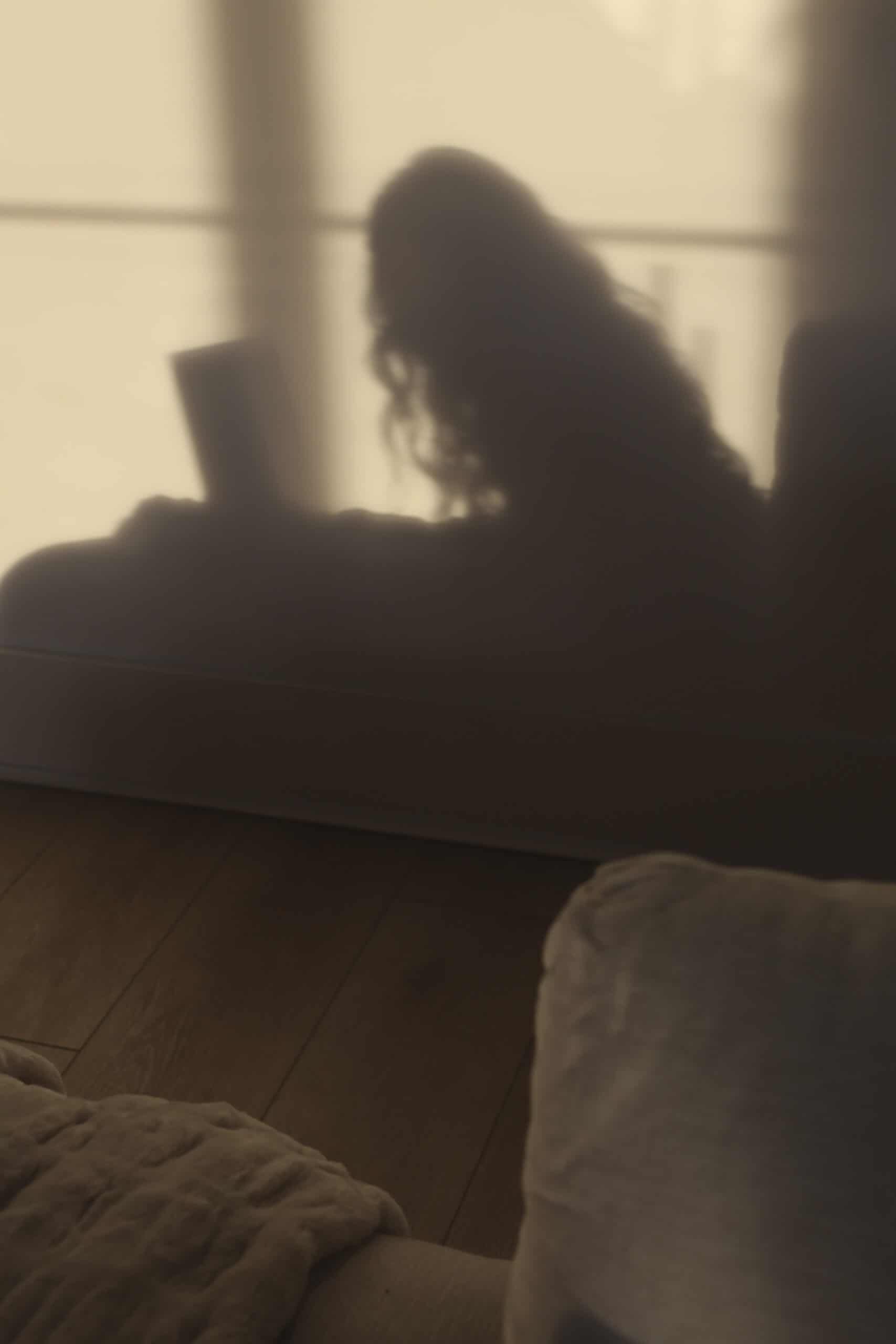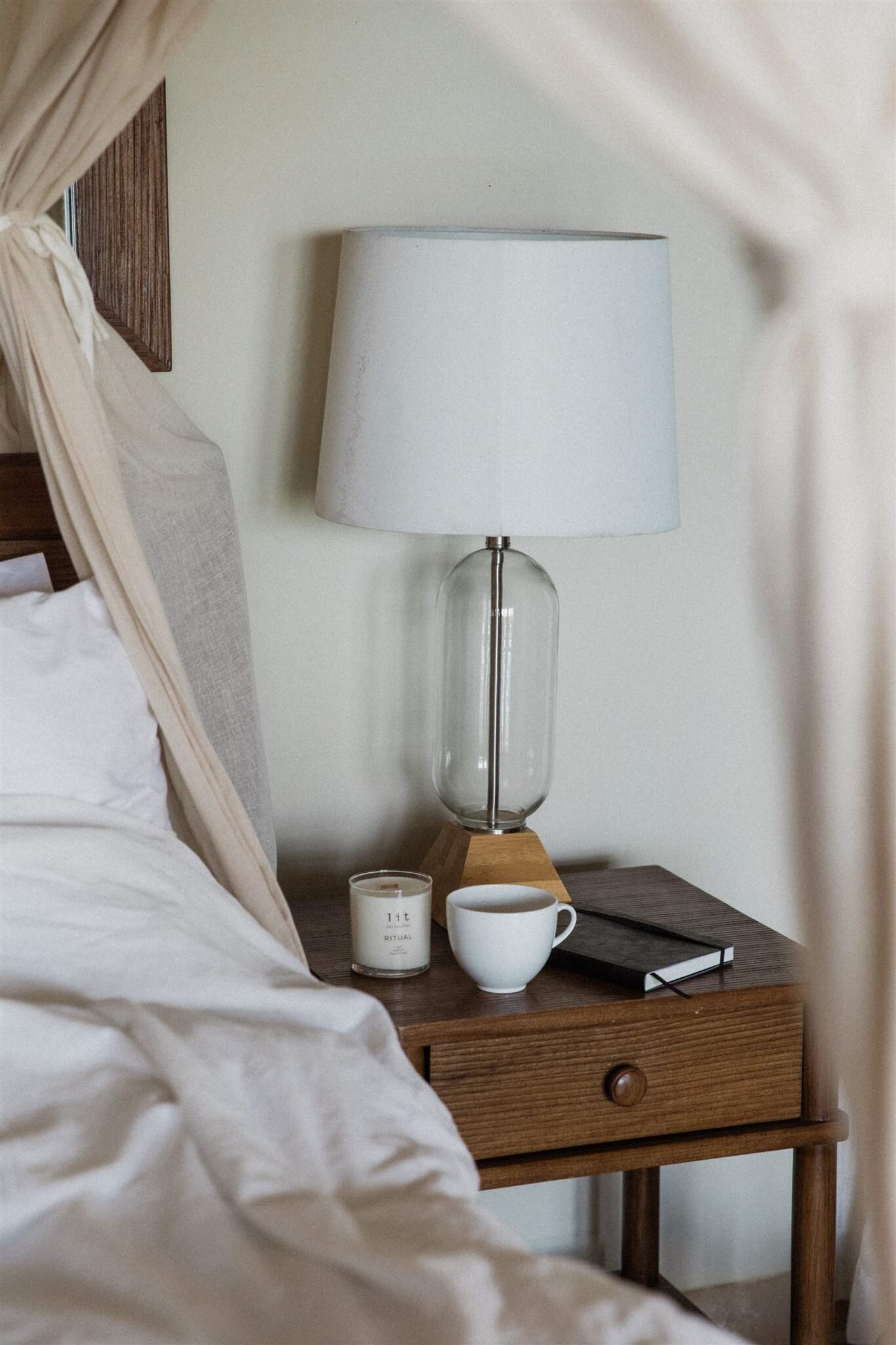Do you ever find yourself scrolling TikTok for “just five more minutes” while your to-do list sits untouched? Or suddenly deciding that now—right now—is the perfect time to reorganize your spice cabinet instead of finishing that report?
Congratulations: you’ve unlocked the universal ADHD pastime of procrastination.
Studies suggest that roughly 20% of people identify as chronic procrastinators.
For those of us with ADHD, though, that number feels closer to 100%.
Here’s something empowering, though: You can outsmart it using ADHD procrastination strategies.
Procrastination isn’t laziness. It can often be a form of self-sabotage. It can also be your brain’s way of saying: “This feels overwhelming, so let’s avoid it by googling baby goat videos instead.”
Using ADHD procrastination strategies can break the cycle without shame or hustle culture. These methods are small, surprisingly doable shifts.
Here are seven ADHD-friendly strategies to beat procrastination today – with compassion and zero shame spirals required.
7 ADHD Procrastination Strategies That Actually Work
1. Break Tasks Into Ridiculously Small Pieces
Here’s the problem: your brain sees “write presentation” and panics. That’s not a task (!), it’s Mount Everest. And mountains trigger procrastination. Pebbles, on the other hand? Easy.
Turn mountains into pebbles easily using small shifts, i.e., laughably small steps:
- Instead of “clean the kitchen,” write: “Take dirty mug to sink.”
- Instead of “write report,” write: “Open Google Doc. Type title.”
- Instead of “sort closet,” write: “Touch three shirts and decide if I hate them.”
Why it works: ADHD brains get stuck in “all or nothing” mode. When a task feels huge, we freeze. But tiny actions bypass overwhelm and spark momentum.
Try this ADHD hack: Pretend you’re teaching a five-year-old the task. Break it down into micro-instructions. You’ll feel less pressure, and once you’ve started, momentum will carry you.
Breaking whatever you want (or need) to do into smaller steps is one of the best strategies to beat procrastination today because it lowers overwhelm and sparks action. Pair tiny steps with habit stacking for even more momentum.
2. Try the Ever-Reliable Pomodoro Technique (But Make It ADHD-Friendly)
Before you scroll away from this one, know that it works. Yes, every productivity guru swears by the Pomodoro Technique.
But here’s the ADHD twist: make it fun.
- Use a quirky timer (like a tomato-shaped one—pomodoro means tomato).
- Choose background sound that feels cozy: lo-fi beats, white noise, or even brown noise (a favorite in ADHD TikTok circles).
- Make your 5-minute breaks dopamine-friendly: stretch, snack, or send a meme to a friend.
Why it works: ADHD brains hyperfocus or avoid. Pomodoro prevents both extremes by keeping work short and breaks rewarding.
Mini story: I once wrote an entire article in three Pomodoros. The same task had been seriously haunting me for over a week. The magic wasn’t productivity – it was permission to stop after 25 minutes. That lowered the resistance enough to start.
3. Build a (Mostly) Distraction-Free Zone
Raise your hand if you’ve ever opened your laptop to “just check email *real* quick” and found yourself three hours deep in a YouTube rabbit hole about raccoon cafés in Japan.
Yep, me too.
Distractions are procrastination’s BFF. But you don’t need a silent monastery. You just need a better friction setup.
- Turn on “Do Not Disturb” mode.
- Hide your phone in another room. (Yes, really.)
- Try noise-canceling headphones or instrumental playlists.
- Keep your workspace semi-tidy. (ADHD pro tip: semi is enough—no need to Marie Kondo your desk before starting one email.)
A calmer brain makes distraction-free focus so much easier.
Less friction = less procrastination. It’s not about perfection. It’s about nudging your brain toward doing the thing you dread.
4. Visualize Success (It Actually Works!)
Sounds fancy and unattainable, but visualization is procrastination’s mortal enemy.
Why does visualization work? Because procrastination thrives on dread. Your brain thinks: “This task = suffering.” Visualization flips that on its head and makes it easy to “see” things getting done.
Try this:
- Close your eyes. Picture yourself finishing the task.
- Imagine hitting “send” or crossing it off your list.
- Feel that little dopamine rush of relief.
When your brain sees the finish line, it’s less scared to start.
How do I know this works? I once delayed writing a two-page proposal for three days. When I finally pictured the relief of hitting “send,” I knocked it out in less than an hour, to my own shock and awe.
Visualization doesn’t remove the work, but it does make the reward feel real before you begin.
5. Practice Mindfulness (Micro, Not Monk-Level)
Let’s debunk the myth of mindfulness.
It doesn’t mean sitting cross-legged, being uncomfortably silent for an hour while your brain screams about laundry.
It can be 30 seconds of present focus to quiet the noise that fuels procrastination.
ADHD-friendly ways:
- Take three (or five or ten) deep breaths before starting a task.
- Do a 1-minute “five senses” check: what can I see, hear, feel, smell, taste?
- Try tapping or fidgeting tools to ground your focus.
Why it works: When you’re fully present, tasks feel smaller. And smaller = doable.
And if traditional mindfulness feels too slow, try “active mindfulness”. Mindful walking, mindful dishwashing, mindful doodling. It all counts.
Micro-mindfulness helps beat procrastination by calming ADHD chaos.
6. Reward Yourself Like a Pavlovian Puppy
Procrastination lives its best life when there’s no immediate payoff.
Your brain says, “Why suffer now when I can scroll and feel good instantly?” Leverage this desire by planning to reward yourself ahead of time.
The secret solution: bribery. (AKA rewards.)
- Finish a section of work → get a fancy coffee.
- Clear your inbox → 10 minutes of TikTok, guilt-free.
- Write that dreaded email → watch one episode of your comfort show.
Rewards create positive reinforcement loops. Over time, your brain begins to expect a treat after effort, which makes starting less painful.
Mini ADHD hack: Pair a boring task with a fun one. Fold laundry while watching Netflix. Answer emails with your favorite playlist blasting. Productivity piggybacks on dopamine.
7. Schedule Time to Do Absolutely Nothing
Wait, what? Doing nothing to fight procrastination? Yes.
Here’s why: constant busyness burns your brain out, and burnout fuels avoidance. Giving yourself permission to pause actually makes it easier to start again.
“Nothing” can look like:
- Sitting in silence for 5 minutes.
- Going for a walk with no podcast.
- Staring at the ceiling (yes, seriously).
Fun fact: Some of your best ideas pop up during these quiet brain pauses. Creativity *loves* boredom.
Procrastination doesn’t always mean that you’re being lazy. It’s often fatigue (or self-sabotage) masquerading as laziness. Time spent doing = brain recharge.
The ADHD-Proof Takeaway
Beating procrastination doesn’t mean transforming into a perfect productivity robot. It means tricking your brain into action with tiny wins, dopamine hooks, and less pressure.
Here’s the recap of 7 surprising strategies to beat procrastination today:
- Break tasks into ridiculously small pieces.
- Use the Pomodoro Technique (with ADHD flair).
- Build a distraction-free zone.
- Visualize success.
- Practice micro-mindfulness.
- Reward yourself like it’s a game.
- Schedule time to do nothing.
Procrastination thrives on overwhelm. Progress thrives on play. You don’t have to fix your whole to-do list today. Just pick one strategy and try it. Even five minutes counts.
Because the real win isn’t becoming “perfectly productive.” It’s building a kinder, smarter relationship with your brain—so it works with you, not against you.
Want more ADHD procrastination strategies? Pair these methods with afternoon crash fixes for all-day focus.

Finally, strategies your ADHD brain won’t rebel against.
Real-Life
Work in Progress.
Founder. Writer.
Roxy is the creator of The Everyday Flourish, a relatable personal growth blog for women who are tired of burnout, chaos, and hustle culture.
A recovering overthinker and unofficial life guinea pig, she shares honest self-care strategies, ADHD-friendly productivity tips, and mindset shifts that actually feel doable.
Around here, personal growth comes with grace, not pressure - and a lot fewer to-do lists.








